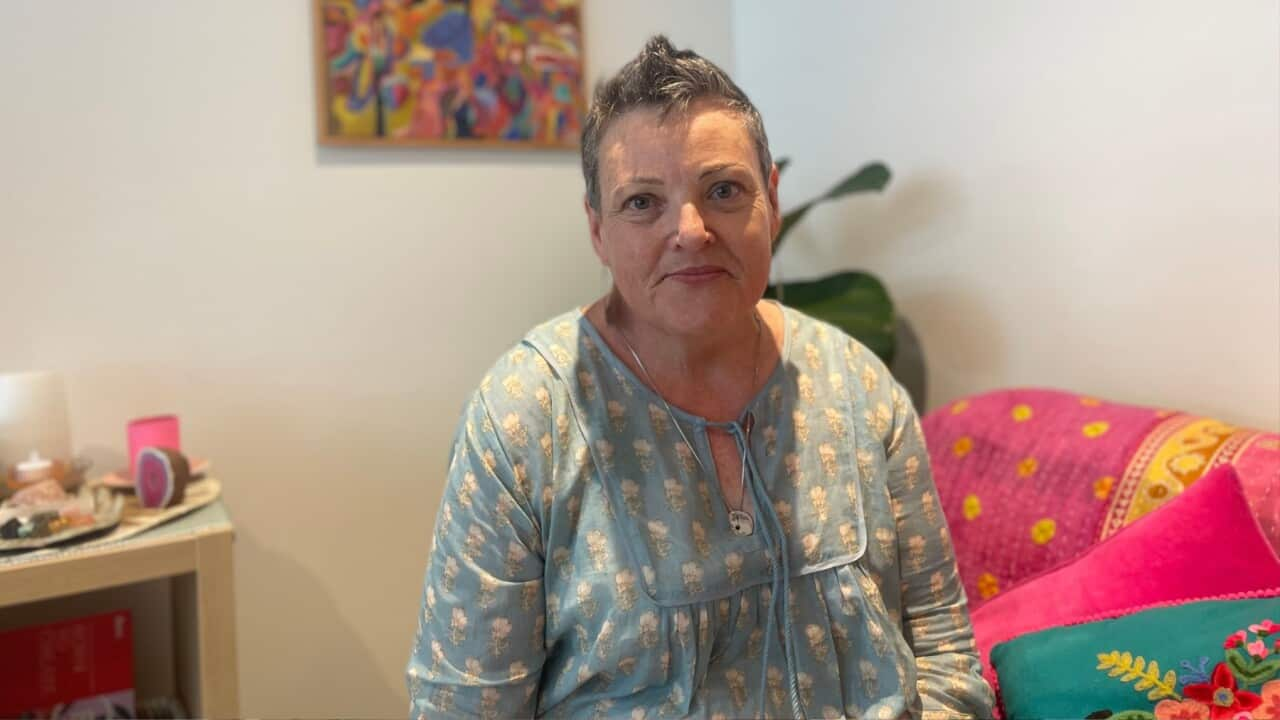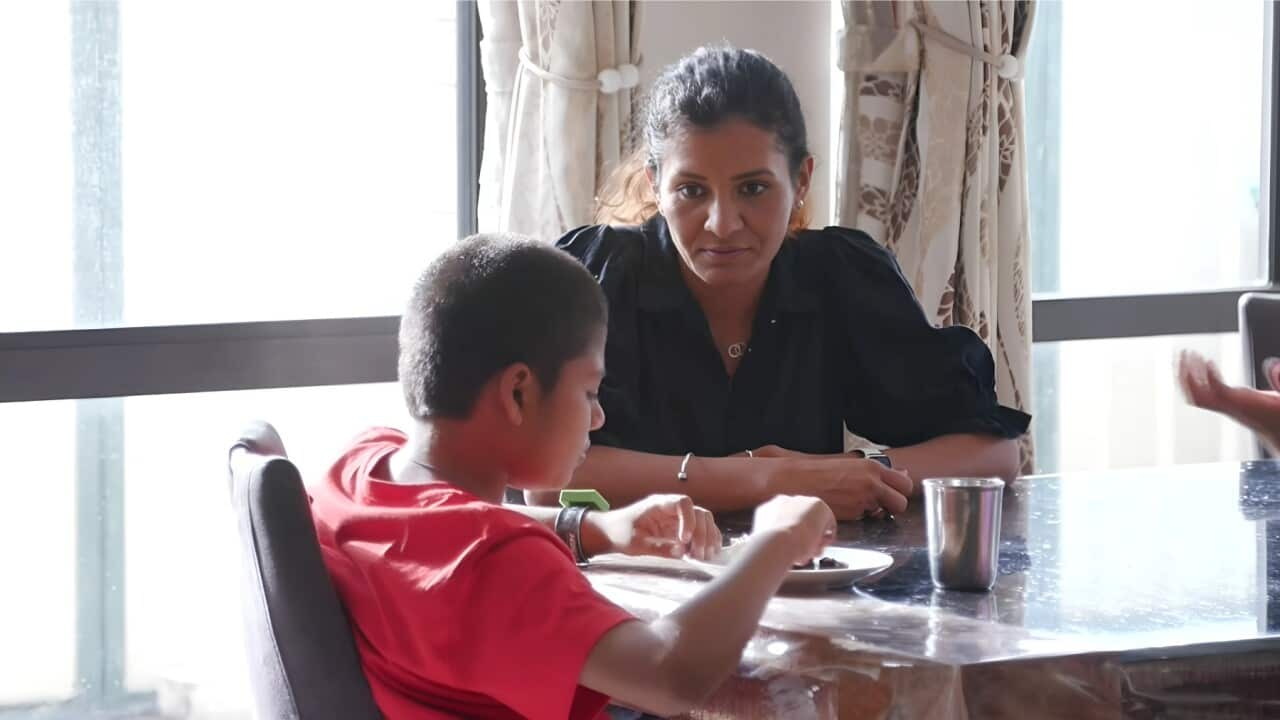TRANSCRIPT
Is Australia ready for the next pandemic?
It's a question that some Australians may be sick of hearing but one that experts say is more prescient than ever with the country still failing to learn key lessons from the COVID-19 pandemic and prepare for the future.
One demand coming from infectious disease and public health professionals is the need for a permanent and independent centre for disease control in Australia.
Professor Paul Griffin, an infectious diseases physician and clinical microbiologist, says a permanent CDC will cut through red tape and allow for more coordinated efforts across the whole of the country.
“We definitely need that. I mean, what's very clear is we've obviously just endured a very significant event in the COVID-19 pandemic, but we are continuously facing the prospect of new threats and there will be additional pandemics. And I think while we handle the most recent one reasonably well, we need to take those learnings away and be better prepared. And the sorts of things I think we need to look at is, obviously Australia has lots of tremendous expertise, but we don't bring them together in a coordinated fashion. And doing so would mean we have some efficiencies in terms of economies of scale, for example. But I think importantly, some consistency across jurisdictions and making sure that we use our finite resources to their fullest capacity.”
Adjunct Professor Terry Slevin is the CEO of the Public Health Association of Australia.
His organisation has campaigned for the establishment of an Australian Centre for Disease Control for over 30 years and they welcomed the election promise of the incoming Albanese government to establish a permanent body.
An interim body was established at the beginning of 2024 but experts like Professor Slevin want to see more funding for an expanded, permanent body to shift the focus on disease prevention rather than simply treatment.
“Yes, we know that doctors and hospitals and treating existing disease is important and needs to be properly resourced, but the truth is, unless we make an investment in that long-term capacity to respond to public health threats, unless we take action to preventable diseases, we're really just confining ourselves to picking up the bodies at the bottom of the cliff rather than building a fence at the top and stopping people from falling.”
He also points out that Australia is the only OECD nation that doesn't have a permanent C-C body or equivalent organisation.
This recommendation is expected to be featured in the final report from an independent panel examining Australia's pandemic response.
The report was due out by the end of September, but the panel has now been granted an extension by the Prime Minister due to the report's size and complexity.
It's now due out by the 25th October.
Professor Paul Griffin says one area the government needs to improve on is how to communicate public health messaging to culturally and linguistically diverse communities and ensure interventions are catered toward all Australians.
“That should be one of the key functions of that CDC as well, is recognizing where we struggle to get information to and making sure we have a program in place to address that. And we saw a lot of issues during the pandemic and subsequently that where certain communities are really left behind in some of those interventions, some of that messaging and certainly migrant populations, rural and remote locations, and Aboriginal and Torres Strait Islander peoples as well were also not necessarily the focus at certain times, so we need to have a response that includes messaging and preparedness that covers the entire country no matter where you are or what your background is, we need to make sure that we are reaching all those people so that everyone gets the benefits of being prepared.”
Peter Breadon is the Health Program Director for the independent public policy think tank the Grattan Institute.
He says the government was quite effective in targeting communities that may be more suspicious of health care efforts during the pandemic but much of this good work has since been rolled back.
“Most states and the Commonwealth government set up consultation groups, talk to leaders in communities, and actually funded a lot of local projects that responded to the needs of those communities to spread the word about, for example, the benefits of vaccination. There was funding for Aboriginal controlled health organizations who would go door to door and again, engage with people in a way that really worked to build trust and increase vaccination. But a lot of those gains in terms of consultation and in terms of those tailored local programs for the communities most at risk have actually been dismantled. And we've seen the gaps in vaccination have grown in the last year.”
He also has critiqued the current interim Australian Centre for Disease Control as being geared toward infectious disease prevention but not focused enough on addressing the impacts of chronic disease on Australians.
Research from the Grattan Institute found that chronic conditions such as heart disease, diabetes, endometriosis and cancer are the biggest killers in Australia, making up 85 per cent of the burden of disease, and contributing to 9 in 10 deaths.
Mr Breadon says these diseases are a significant economic liability and can increase vulnerability toward other forms of disease as we saw in the pandemic.
“Obesity is one great example that is linked to hundreds of health conditions. And the rate of obesity has tripled since the 1980s. That's one of the big drivers behind the fact that today half of us have a chronic disease, a growing number of people have one or more chronic diseases. The economic cost of this chronic disease epidemic is huge, multi, multi-billions of dollars and growing really, really fast. And we see that through this rapid ramp up in hospital spending and other health spending, which is really consuming budgets at the commonwealth and state level, which will ultimately leave very little for everything else.”
Ultimately, these experts understand that the funding of bodies such as a permanent Australian Centre for Disease Control can fall out of the spotlight when there isn't an immediate health crisis.
But Terry Slevin of the Public Health Association of Australia says the Albanese government needs to make good on its promise now so experts can begin to lay the groundwork for a world-leading and life-saving response to the next pandemic.
“It's very clear that an infectious disease outbreak is going to be happening again, no one's sure when and no one's sure what the source might be, but everybody with expertise in this field expects another outbreak at some time and Australian needs to make sure we are ready. The CDC is a fundamental piece of the machinery to ensure that's the case.”













